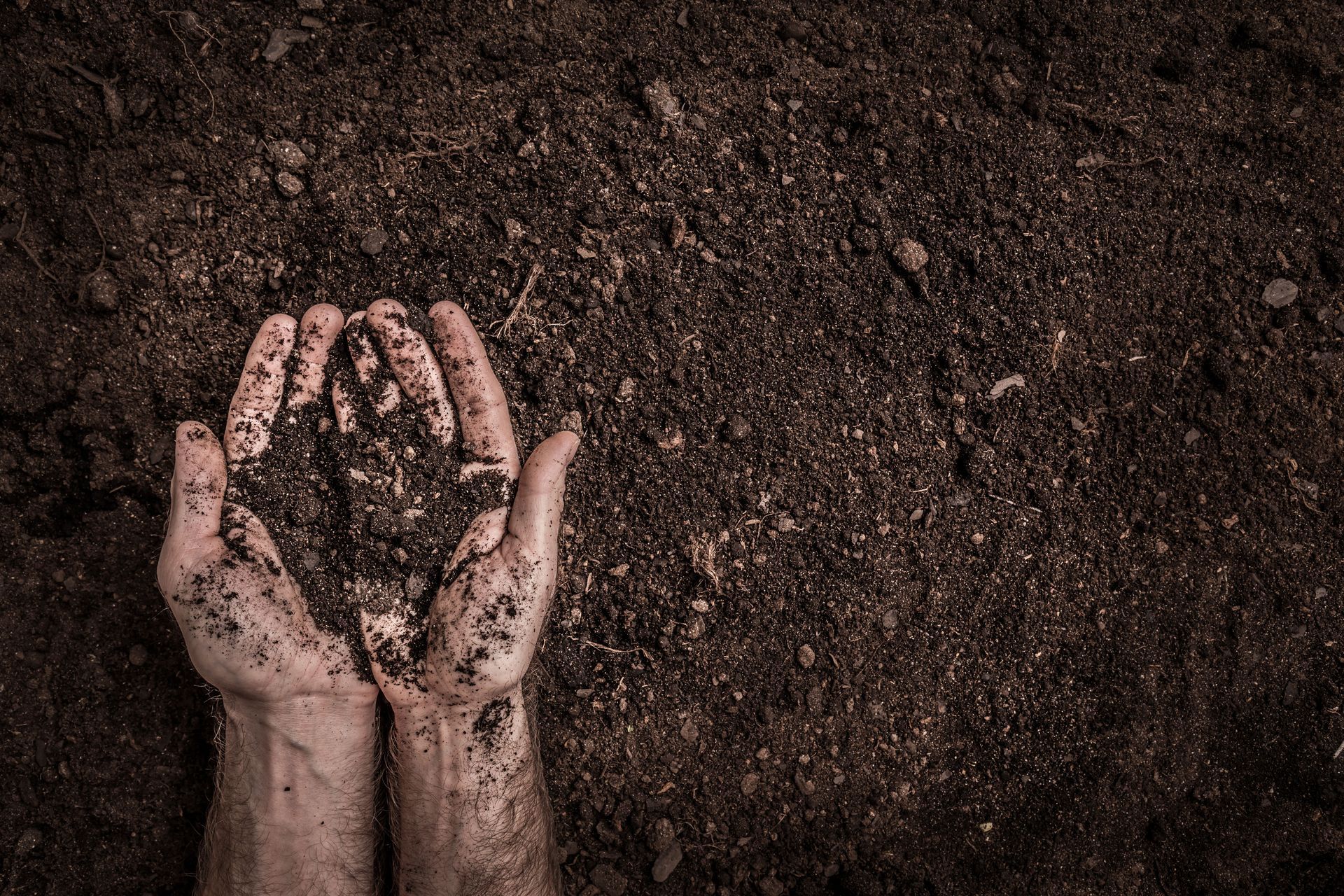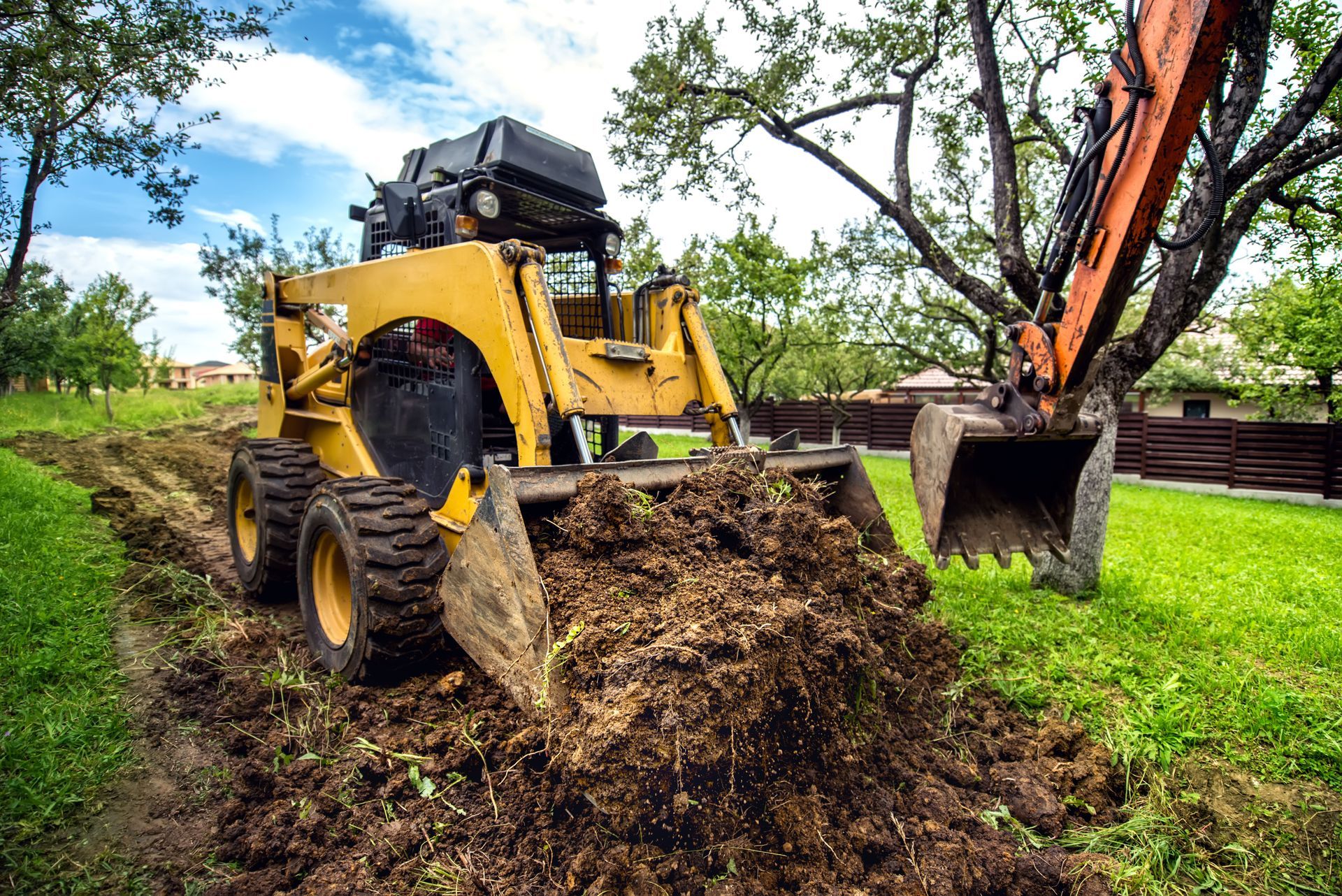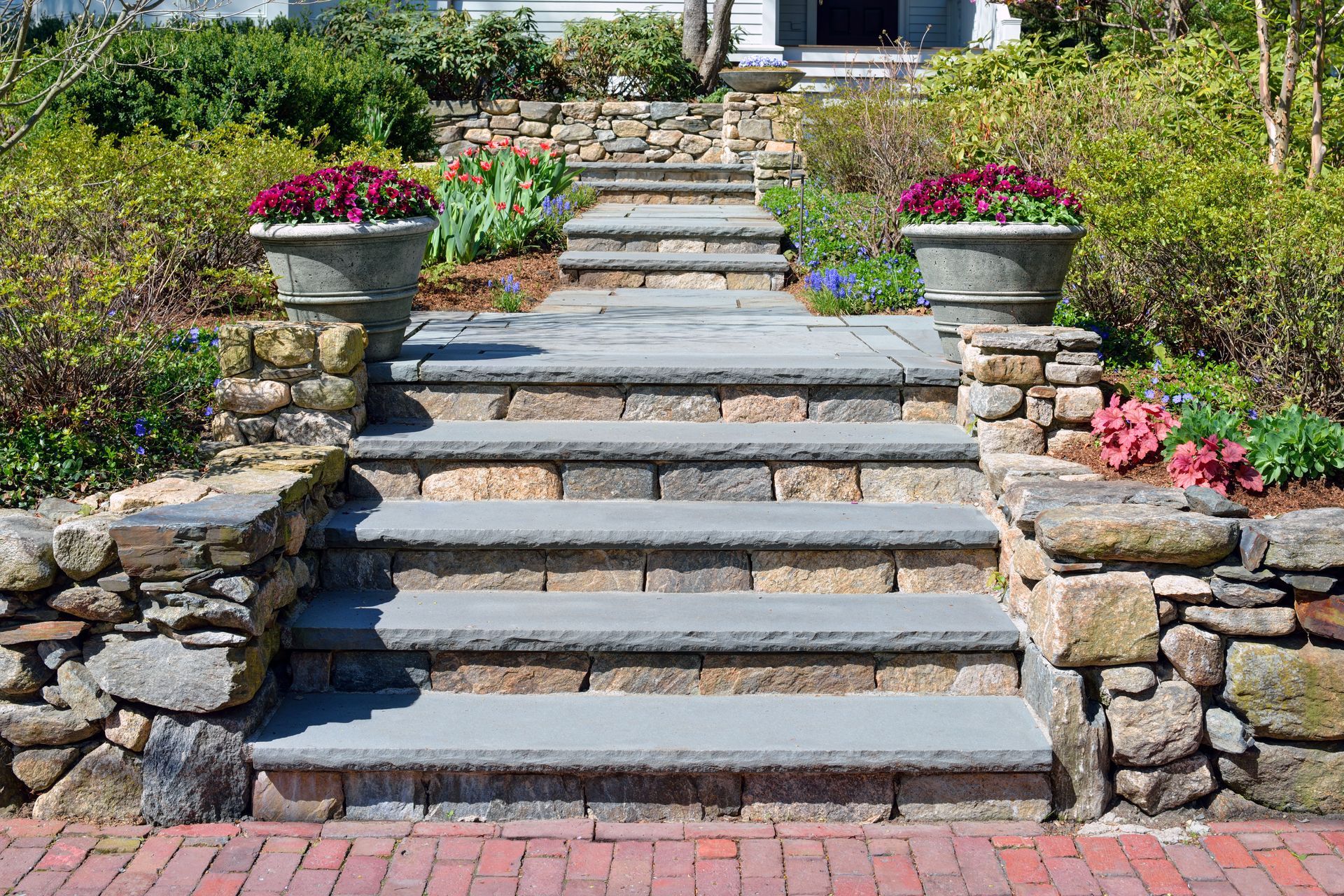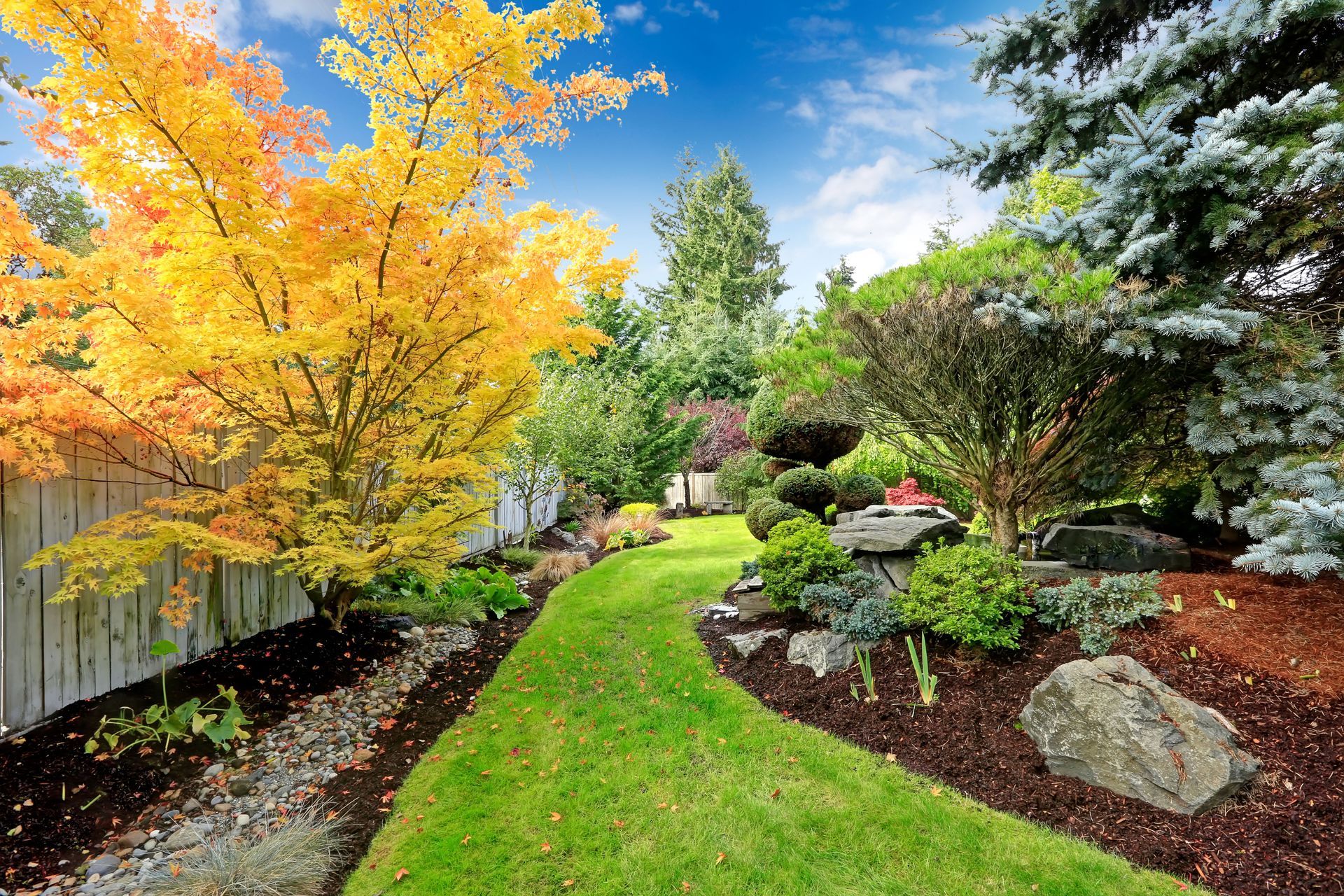How Landscaping Dirt Enhances Your Garden
Creating a thriving, beautiful garden isn’t just about picking the right plants or laying out a clever design—it all starts from the ground up, quite literally. Healthy soil is the unsung hero of any successful garden, and using the right landscaping dirt can make all the difference. It provides essential nutrients, supports strong root development, and creates the perfect environment for plants to flourish.
While it might not seem glamorous, dirt is the foundation of everything green and growing in your yard. If you’ve ever struggled with patchy growth, poor drainage, or wilting plants despite your best efforts, chances are the problem lies beneath the surface. Poor soil quality can stunt growth and leave your plants vulnerable to disease and pests. In this post, we’ll explore how the right type of landscaping soil can enhance the health of your garden, improve plant performance, and even contribute to your long-term landscape investment.
What Makes This Soil Different from Regular Dirt
To begin with, landscaping dirt is not the same as the natural soil you may already have in your yard. It is a specially prepared mixture that often includes a blend of topsoil, compost, clay, sand, and other organic materials. This custom combination is created to improve drainage, provide better structure, and offer ideal growing conditions for a wide range of plants.
Unlike regular dirt, which may be compacted, overly sandy, or lacking in nutrients, landscaping soil is intentionally balanced to support plant health. It allows for proper moisture control and encourages the presence of beneficial organisms like earthworms and microorganisms. Some blends can even be tailored to specific gardening needs—such as loam-rich mixes for vegetables or fast-draining soils for succulents. The versatility and performance of this engineered dirt provide an excellent starting point for building a healthy garden.
How Quality Soil Promotes Stronger, Healthier Plants
The benefits of using landscaping soil are especially noticeable in plant health. Since plants absorb nutrients directly from the soil, their overall well-being depends heavily on soil quality. When the soil lacks nutrients, has the wrong pH level, or fails to retain or drain water properly, plants struggle to survive—no matter how much sun or water they receive.
Landscaping dirt is usually rich in compost and other organic matter, providing plants with the nutrients they need to grow strong. The structure of this type of dirt also allows roots to spread out easily and breathe, which supports healthy development. Additionally, the microbial life that flourishes in well-prepared dirt helps decompose organic materials into plant-accessible nutrients. These beneficial microbes can even help protect plants from certain soil-borne diseases.
By offering a combination of structure, nutrients, and biological activity, landscaping soil creates the kind of thriving environment where plants don’t just survive—they flourish. When your soil is well-prepared, you’ll likely notice more vibrant foliage, stronger root systems, and better overall plant resilience.
Why Proper Drainage Starts with the Right Foundation
A common but overlooked issue in many gardens is improper drainage. Too much water can be as harmful to plants as too little. Water that sits around roots can cause them to rot, invite mold, and attract pests. On the flip side, if water drains away too quickly, especially in sandy soil, plants may not have enough time to absorb the moisture they need.
Landscaping dirt plays an important role in resolving these drainage issues. In areas where the natural soil is too compacted or clay-heavy, specially blended dirt helps loosen the structure, allowing water to pass through more easily while still maintaining necessary moisture. In sandy areas, landscaping soil can introduce organic material that retains moisture and nutrients more effectively.
By adjusting the composition of your soil with the right landscaping soil, you can create a more balanced hydration environment for your garden. This allows water to move through the soil at an ideal pace, ensuring plants get the moisture they need without being over-saturated. Over time, this improves the health of your plants and reduces the likelihood of disease and root failure due to poor water management.
How Improved Soil Supports Sustainable Gardening
The importance of using landscaping dirt goes beyond individual plant health—it also contributes to more sustainable gardening. As homeowners increasingly adopt eco-friendly landscaping strategies, the use of nutrient-rich, responsibly sourced dirt is becoming a central practice in modern garden care.
According to Grand View Research, the landscape and garden design and construction segment is expected to grow at a CAGR of 7.4% from 2025 to 2030. This growth reflects a broader trend toward intentional, environmentally conscious outdoor design. Landscaping dirt plays a critical role in this shift by reducing reliance on chemical fertilizers and improving soil performance naturally.
Because landscaping soil often includes compost and organic matter, it supports better nutrient cycling and reduces the need for synthetic additives. It can also help with water conservation by improving soil structure and moisture retention, meaning you use less water to maintain your plants. And by supporting microbial life and root health, high-quality dirt even aids in carbon sequestration, contributing positively to environmental health.
Sustainable landscaping starts with the soil, and using the right dirt is one of the easiest and most effective ways to make your garden more eco-friendly and efficient.
Why Investing in Better Soil Saves Time, Money, and Stress
Many gardeners face the frustration of repeatedly replacing dead plants, over-correcting with fertilizers, or fighting constant pest and weed problems. Often, these issues trace back to poor soil quality. By starting with good landscaping soil, you can prevent many of these common headaches and enjoy a smoother gardening experience.
When plants are given the right growing environment from the beginning, they are more likely to thrive. Healthy soil means stronger plants that are naturally more resistant to disease, extreme weather, and pests. This reduces the need for frequent replanting and cuts down on chemical treatments or special care that can be both expensive and time-consuming.
In addition to reducing the need for external inputs, landscaping soil also helps control weeds. Some high-quality blends are screened to remove weed seeds and debris, giving you a cleaner starting point for planting. Less time spent weeding and less money spent on weed control products means more time to enjoy your garden.
Improving your soil also enhances the visual appeal of your landscaping, which can increase the overall value of your property. A well-maintained, healthy garden makes a strong first impression and can be a major selling point for potential buyers, should you ever decide to move.
At the heart of every beautiful garden is healthy soil. Whether you're creating a vegetable patch, laying down a bed of perennials, or installing ornamental trees and shrubs, landscaping soil offers the foundation you need to grow a lush, vibrant outdoor space.
From supporting plant health and improving drainage to encouraging sustainability and saving you time and money, landscaping soil is far more than just something to walk on. It's an investment in the long-term success of your landscape. The next time you’re planning a gardening project, don’t overlook what’s underfoot. Choosing the right landscaping dirt could be the most important decision you make for the health and beauty of your garden.
Ready to give your garden the foundation it deserves? Visit Herman's Landscape Supplies for premium soil blends that support healthier plants, better drainage, and lasting results.





Share On: